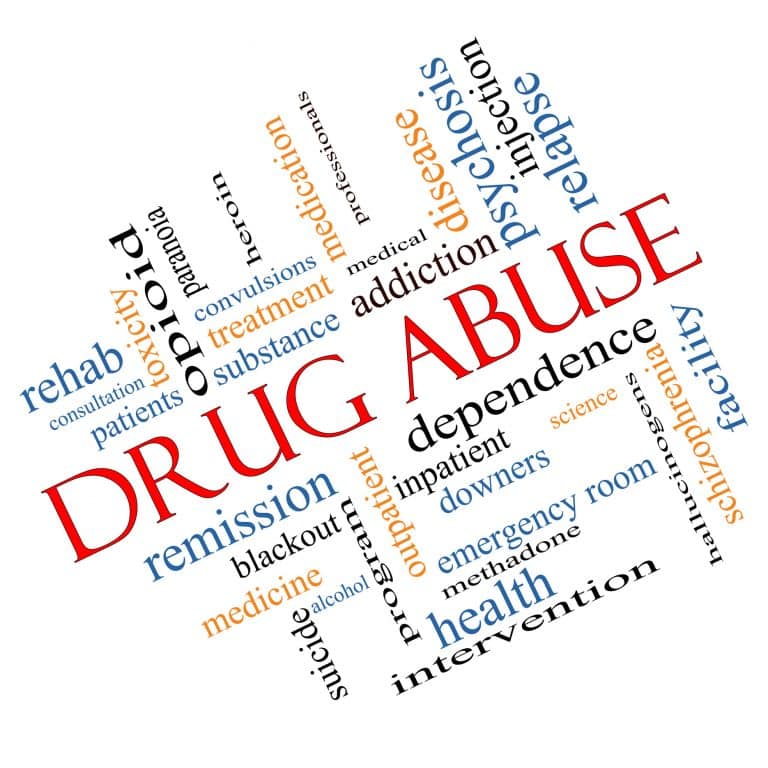Drug addiction is a serious disease and it is difficult to think that perhaps you have an employee that is addicted to drugs such as heroin or Oxycontin, but this happens in the workplace often.
Alcoholism and drug dependence and addiction, known as substance use disorders, are complex problems. People with these disorders once were thought to have a character defect or moral weakness; some people mistakenly still believe that. However, most scientists and medical researchers now consider dependence on alcohol or drugs to be a long-term illness, like asthma, hypertension (high blood pressure), or diabetes.
One of the most important signs of substance addiction or dependence is the continued use of drugs or alcohol despite experiencing the serious negative consequences of heavy drug or alcohol use. Often, a person will blame other people or circumstances for his or her problems instead of realizing that the difficulties result from use of drugs or alcohol. In some cases when alcohol or drug use is stopped, a person may experience withdrawal symptoms from a physical need for the substance. Withdrawal symptoms differ depending on the drug, but they may include nausea, sweating, shakiness, and extreme anxiety. The person may try to relieve these symptoms by taking either more of the same or a similar substance.
Substance abuse is a costly expense for an employer. Injuries, workers comp costs, theft, and mistakes on the job are some of the consequences. This cost can be devastating to both small and large businesses. Substance abuse is a particularly serious problem to small businesses, which may not have the resources to develop or enforce effective drug-free workplace policies.
The creation of a drug-free workplace program (DFWP) isn’t just about random drug testing or having penalties for workers who use drugs. Employers should understand that a drug use problem is a health condition. This is a condition that can be looked at with treatment, just like any other health issue. Some employers will have a zero-tolerance program and require immediate termination of an employee who tests positive. Some employers will want to have a second chance policy and provide a chance for the employee to get help and get off drugs or alcohol. Most employers will allow an employee who comes forward to disclose a substance abuse problem to then seek assistance for the problem. This is of course prior to the individual being required to have a drug test.
For companies that have a health insurance plan, it is very important to determine if that plan covers substance abuse treatment and/or provides an Employee Assistance Program (EAP). Many health insurance plans do have this type of coverage. If this is the case, let your employees know about the program and how to access it. Employees who have access to health insurance or EAP are more likely to get treatment than those who have to pay out of pocket.
Be aware of some of the behavioral characteristics that may occur with substance abuse. These do not always mean drugs or alcohol are involved but they may warrant further investigation. It is important to train supervisors and managers to recognize warning signs such as these:
- Absenteeism, particularly absences without notification, or excessive use of sick days.
- Frequent disappearances from the worksite; long, unexplained absences; improbable excuses.
- Confusion or difficulty concentrating or recalling details and instructions.
- Problems with interpersonal relations with co-workers.
- Shirking of responsibility for errors or oversights.
- Signs of morning-after hangovers.
- Physical signs such as exhaustion, hyperactivity, dilated pupils, slurred speech or an unsteady walk
- Progressive deterioration in personal appearance and hygiene.
- Unreliability in keeping appointments and meeting deadlines.
- Work performance that alternates between periods of high and low productivity.
- Increase in accidents on and off the job.
- Mistakes attributable to inattention, poor judgment or bad decisions.
- Increasing personal and professional isolation.
Addiction in the workplace is a fact of life. By encouraging and supporting treatment, employers can dramatically assist in reducing the negative impact of alcoholism and addiction in the workplace, while reducing their costs. Employers with successful EAP’s and DFWP’s report improvements in morale and productivity and decreases in absenteeism, accidents, downtime, turnover, and theft. Here are some tips on managing situations where you might have an employee who is addicted to drugs or alcohol:
- Knows the laws – seek professional advice
- Plot out a desired course of action; consistent with your company policies
- Be prepared for resistance
- Document, Document, Document
Substance abuse and addiction by employees is one of the most difficult issues an employer can face. Every employer has an interest in taking appropriate steps to avoid the abuse of drugs and alcohol by its workforce. This can lead to a healthier, safer and more efficient workforce.
Click Here for assistance in setting up a drug free workplace program







